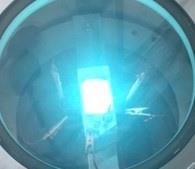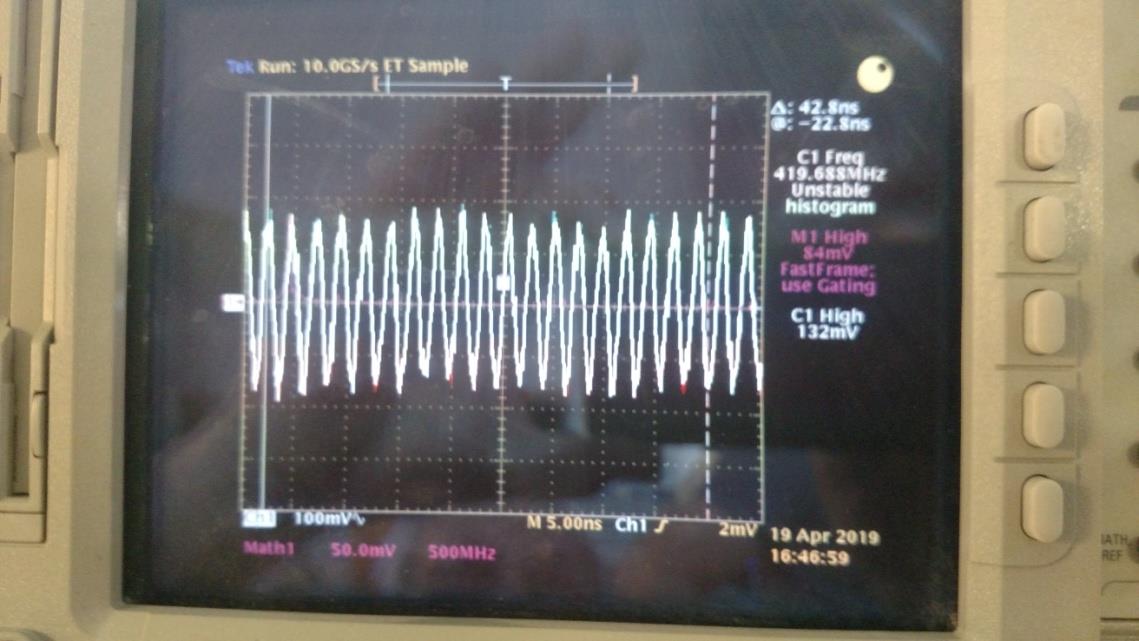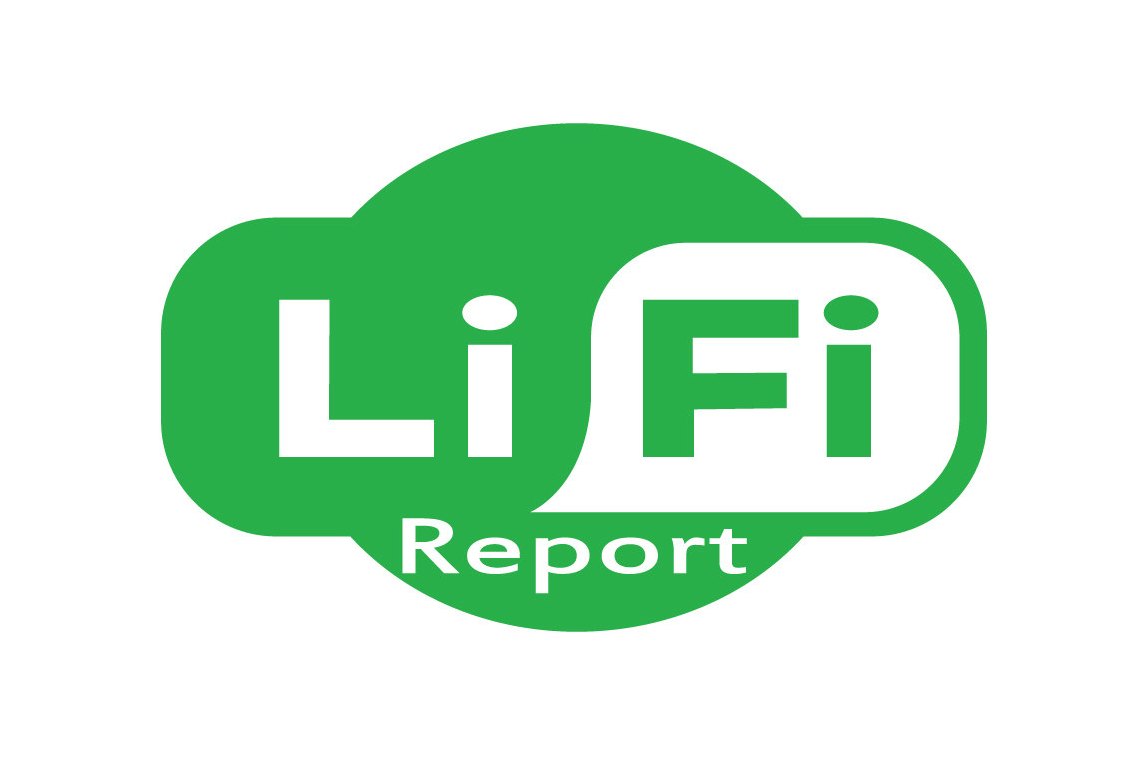Breakthrough in The Speed of LiFi Communications
LiFi is the optical analog of common WiFi, where light is used as the communications carrier instead of wireless RF transmission. Light is more easily physically confined than radio waves, as it does not pass through walls, curtains or other opaque surfaces. Visible Light Communications (VLC) or as it is commonly called, LiFi, allows much greater security capabilities than does traditional WiFi. WiFi signals can easily leak out of buildings and can be picked up by adversaries, or threat actors, using moderately sophisticated antenna systems and at surprisingly great distances. This makes WiFi communications an easy target for determined eavesdroppers. Such easy snooping is an obvious concern for the military, industry or indeed anyone with a desire for privacy. Although transmission may be encrypted, code keys can be lost or compromised. The most robust solution is to prevent signals from interception. Encryption may be added as a second layer of security but in most practical applications, if the area of concern is lighttight, then additional protection is superfluous. Protecting signal privacy, even beyond military and commercial arenas to include consumers, is becoming more important as we communicate more and as we move into a world of Internet of Things (IoT). These are tasks where Data Over Light (DOL) excels and can make the network both untraceable and unhackable.
LEDs are commonly used for LiFi light emitters and they are integral to the signal modulation process. LEDs produce light as electrical charge carriers are introduced into the band gap of a semiconductor material. The physical structure that supplies the current forms a capacitor with the direct band gap material inside. That is, two conductive plates are connected to a power supply and are narrowly separated by a slice of properly doped direct band gap material such as gallium arsenide (GaAs). This intrinsically high capacitance structure is, like all high capacitance structures, difficult to drive at high frequency (speed) and at a practical level of power. In other words, when using LEDs it is difficult to make very fast, well-modulated light to carry high speed data.
Typically, all LEDs have radiative rise and fall times in the range of 10ns to1s (10-8 to 10-6 seconds). This is the average time before an electron in the conduction band of a semiconductor recombines with a hole to produce a photon. As an illustrative example, consider that if five rise/fall times are required for a pulse to be transmitted for 100% modulation, the upper physical modulation rate limit for communication LEDs is in the neighborhood of 20MHz. These LEDs typically produce light at a wavelength of ~450 nm. The vast majority of commercial “white” LEDs use a yellow phosphor in front of the UV/blue LED. The result is a blend of blue and yellow light that creates the perception of white light. But the yellow phosphor’s response time further reduces the already limited device speed. With different materials and/or structure choices, this phosphor limitation may be reduced or even removed altogether but the capacitance problem remains using LEDs as the modulated light source. Quoted speeds for LED-based devices are often arrived at by driving the LEDs with lower percentage modulation. This means not switching from on to off, but perhaps from 65% of maximum signal to 35% of maximum signal. However, this lower modulation percentage increases the Bit Error Rate (BER) for communication and so, the data moves faster but with more errors. Higher data speeds can also be created by using multiple parallel 2 NanoFab Technologies 7090 W Oakland St, Chandler AZ 85226 Email: BusinessDev@NanoFab-Technologies.com Tel: (480) 465-6058 communication links and various forms of data compression algorithms. For some forms of data, the effective data transmission rate can be much higher than the physical modulation rate, in the neighborhood of 50 to 100MHz, depending on the specific data type and its compressibility.
NanoFab Technologies, headquartered in Tempe, Arizona, has developed a new structure that directly injects electrons into light emitting quantum dots. The electrons are modulated before they enter the quantum dot structure. Through the use of these nanostructures, there is no intrinsic structural device capacitance that limits the speed and power of modulation. Accordingly, we are freed from attempting to drive a highly capacitive structure at high speeds. Instead, we modulate our input current as desired and then inject it into our light emitting material. As such, the signal modulation of the current is independent of the production of the light. Because of their tiny size, quantum dots have a sharper density of states and an attendant small exciton radius. This allows an amazingly fast response time. Quantum dots have recently been shown to modulate at 90 GHz (Hsu, 2015)(Hoang, 2015). This speed is orders of magnitude faster than light modulation from any practical LED.
NanoFab Technologies has recently demonstrated, at their laboratory in Tempe, Arizona, direct electron injection with 420MHz physical modulation bandwidth. This physical modulation greatly exceeds the typical 20MHz of physical modulation possible with communication LEDs. Of course, all compression algorithms that enhance the data speed of LEDs will also work with NanoFab’s light modulation methods. This demonstrates the capability of direct current injection technology that will greatly outperform LEDs for LiFi.

Figure 1. Direct Current Injection Emission 3

Figure 2.420MHz Modulation

Figure 3. Modulated Direct Current Injection Emission
Figure 1 shows light being emitted upon direct electron injection in a test chamber. Figure 2shows a 420MHz sine wave used to modulate the electron injection. Figure 3 shows the injection current responding at 420MHz. NanoFab Technologies is currently working on demonstrating the much higher physical modulation speeds that direct current injection enables. The next generation test equipment will be designed to demonstrate current physical injection modulation at several GHz.
NanoFab Technologies believes that LiFi physical modulation rates in the GHz will dominate the industry where secure local communications are a high priority, such as government Sensitive Compartmented Information Facilities (SCIF). LiFi’s readily confined light presents a great leap forward for signal security and NanoFab’s technology will enable higher LiFi speeds to achieve superlatively fast 4 NanoFab Technologies 7090 W Oakland St, Chandler AZ 85226 Email: BusinessDev@NanoFab-Technologies.com Tel: (480) 465-6058 transmission speeds/throughput. This new optical communications technology will be immune to any interference or jamming within its sphere of operation. This unbeatable combination of highly secure highspeed data communications provides a powerful solution for communication and information security (COMSEC/INFOSEC) will finally become available for all.
For more information contact Leon Black, Business Development Manager at BusinessDev@nanofab-technologies.comor 480-465-6058
References:
Hoang, T. B. (2015, July 27). Ultrafast spontaneous emission source using plasmonic nanoantennas. Nat. Commun. 6:7788 doi: 10.1038/ncomms8788 , 1-7.
Hsu, J. (2015, July 30). Speed Record for Light-Emitting Quantum Dots Hints at Faster Computing. IEEE Spectrum
